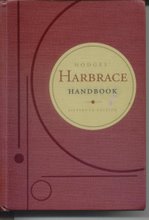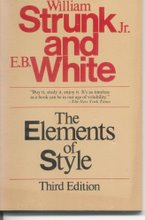Harbrace Chapter 3: Comma Splice and Fused Sentence:
Join independent clauses with a coordinating conjunction or a semicolon to prevent misreading and to show relationships clearly.
A comma splice consists of two (or more) independent clauses joined simply by a comma. It is an error in punctuation that occurs only in compound or compound-complex sentences. A fused sentence (also called a comma fault or run-on sentence) occurs when neither a conjunction nor appropriate punctuation joins two independent clauses.
Comma splice: The wind was cold, they decided not to walk.
Fused sentence: The wind was cold they decided not to walk.
To separate:
1) Separate independent clauses by placing a period after each clause.
2) Separate independent clauses with a semicolon.
To link and relate:
3) Insert a comma before the appropriate coordinating conjunction (and, but, or, nor, for, so, yet).
4) Make one clause subordinate to the other. (Because the wind was cold, they decided not to walk.)
5) Reduce one of the clauses to an introductory phrase. (Because of the cold wind, they decided not to walk.)
Note: a comma splice is an error you can expect to find on the SAT.
Wednesday, August 15, 2007
Subscribe to:
Post Comments (Atom)







No comments:
Post a Comment